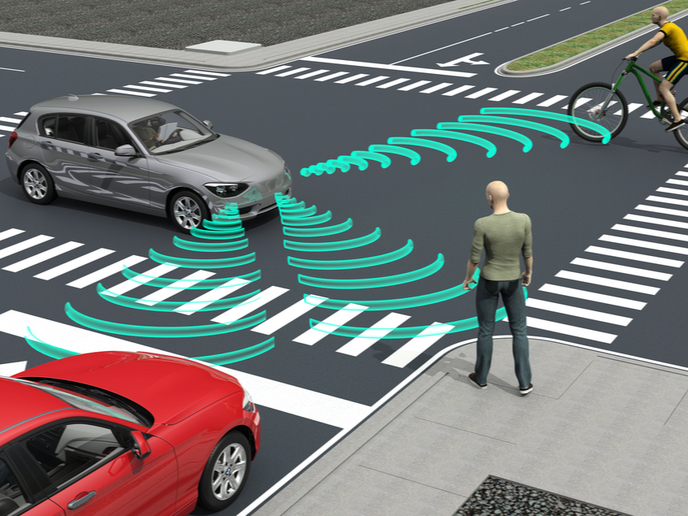Creating a quieter car
Automotive manufacturers are continually looking for new ways to reduce noise, vibration and harshness (NVH) and increase driver comfort. In fact, consumers regularly place the quietness of a vehicle as having a major impact on which car they buy. As a result, NVH reduction can be an important competitive advantage for a particular vehicle type or brand. However, accurately predicting a vehicle’s NVH remains extremely challenging. In order to get an accurate numerical prediction of NVH, detailed analysis of the vehicle’s structural vibrations on very fine scales are required. This is complicated by the fact that even the smallest change to a vehicle’s parameter can lead to significant shifts in its frequency response function. Furthermore, the wide array of materials used in manufacturing a vehicle, not to mention the intricate couplings between different components, all pose enormous challenges for the NVH simulation of a full vehicle. To overcome these challenges, vehicle manufacturers need robust and efficient NVH modelling techniques – which is exactly what the EU-funded MHIVEC project has provided. ‘Existing methods are not robust for frequencies over 500Hz and do not naturally fit into the simulation environment of CAE, where structural data are provided via mesh specifications,’ explains Project Coordinator David Chappell. ‘The MHIVEC project overcame these problems by introducing a new tool developed and tested by the academic members of this project.’ A new tool for vibro-acoustic analysis Together with two specialised SMEs and the car manufacturer Jaguar Land Rover, this interdisciplinary and inter-sectoral consortium of academia and industry successfully developed the first black-box and mesh based tool for the vibro-acoustic analysis of a full vehicle body. Expanding on the innovative Discrete Flow Mapping (DFM) method, project researchers developed a new simulation tool for predicting NVH in mechanical structures. ‘The capability of DFM was extended considerably during the project, making it viable for both modelling a full vehicle structure and marketable as a software product within a user-friendly package with interfaces to other popular software tools,’ explains Chappell. According to Chappell, one major achievement was the development of several techniques for assembling mesh substructures into a full structural model. These techniques include the development of a DFM counterpart to the Rigid Body Elements (RBEs) used in Finite Element Method (FEM) models. ‘This was unexpectedly challenging as in FEM, the RBEs describe point connections between nodes, whereas DFM is based on modelling energy flow through interfaces,’ he says. The quieter car of tomorrow As a result of this work, the project has catapulted noise and vibration analysis from the research and development stage to a fast and reliable everyday tool for engineers designing the vehicles of tomorrow. Not only has it substantially increased industry’s level of knowledge about DFM, it has also led to the development of a marketable DFM software tool that is currently being produced by inuTech GmbH. ‘The MHIVEC project is an excellent example of how European business and citizens can benefit from academia-industrial collaboration funded by the EU,’ says Chappell. ‘Not only has this collaboration resulted in the strengthening of EU businesses, it also created several new jobs.’







